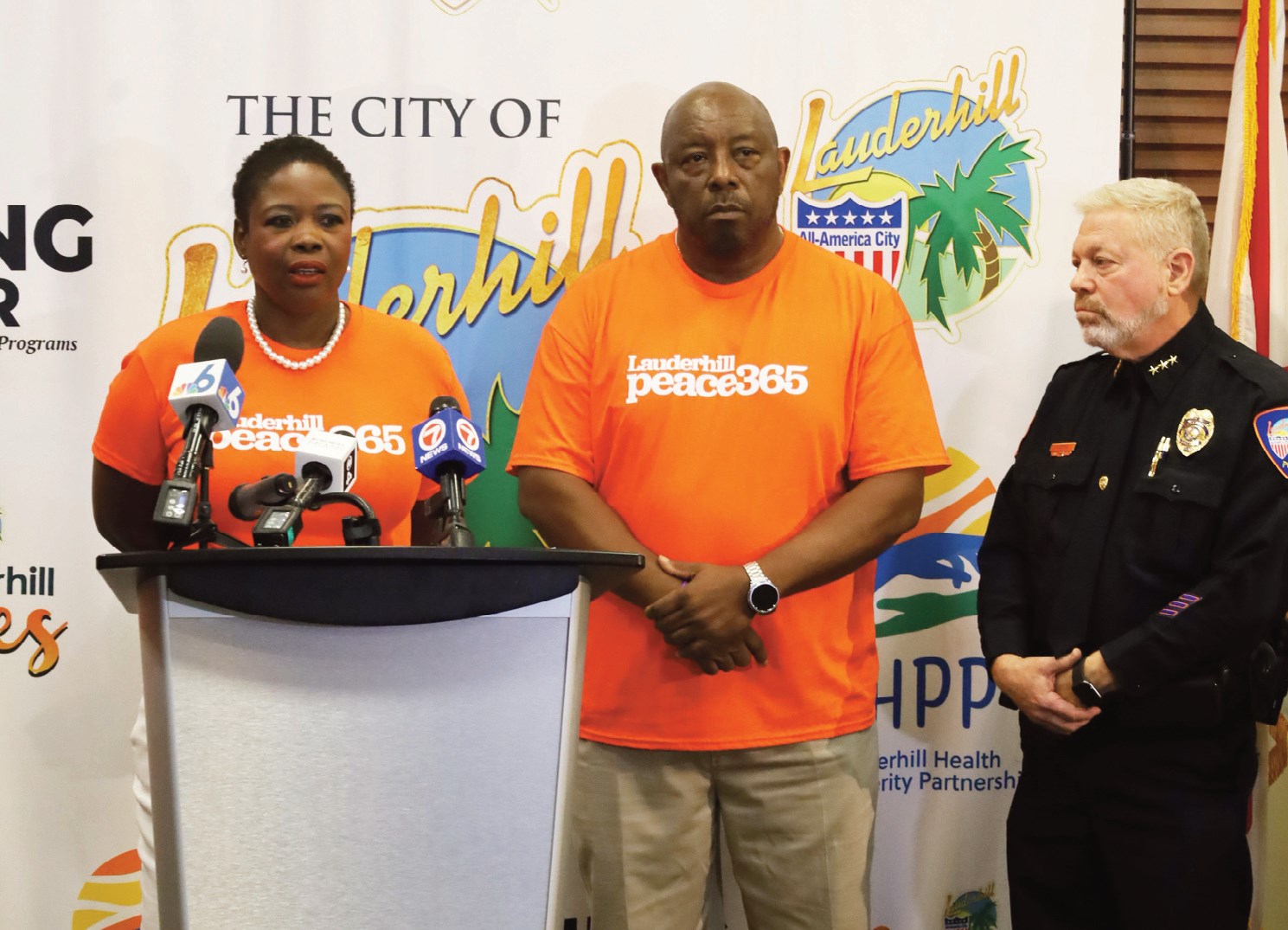From the earliest of times, nature has periodically unleashed its fury in such a way as if to challenge the human spirit while, at the same time, reminding us of the frailty of the human condition.
That is nature at its most destructive. But that same human spirit, endowed with a generous amount of creativity, has tried to tame the forces of nature, with the success that has given us our present standard of living. The threat of a nuclear meltdown in at least one of Japan’s nuclear power plants is proof that, unwittingly, we can sometimes aid nature in its destruction. It was the tsunami that caused the extensive damage to some of the reactors that has alarmed the world.
There will always be a philosophical debate as to whether the human race is meant to dabble with such forces and whether we can ever really do so with the degree of success that guarantees our safety. But that debate will, as usual, now halt the progress that is being made to harness the energy of forces that have the potential to destroy us. Nor is it likely to make us more respectful of nature. We still build homes in hurricane-prone areas and we still build whole cities on some of the earth’s fault lines.
But if it is an unavoidable consequence of being that we have to co-exist with forces that can turn deadly with little warning, then the least we can do is to ensure that we have the best equipment to give us an early warning and the best, fully resourced plan to deal with both the coming of the storms and the quakes and to deal with their aftermaths.
In our own case, Hurricane Katrina, which killed at least 1,800 Americans, mostly in New Orleans, in 2005 was a clear case of having the equipment and resources but not responding in a speedy manner commensurate with the gravity of the threat. Our emergency planners will do well to take a close look at what is going on in Japan and how that nation is mobilized in the face of great peril.
And, in nearby Haiti, world sympathy did not quite match the gravity of the tragedy which claimed the lives of perhaps 250,000 people and has left more than one million living in make-shift shelters, if that. The urgency seems to have gone out of the emergency and the battered Haitian people, without the resources of a Japan, have little to show by way of redevelopment 14 months after disaster struck.
Both Haiti and New Orleans call attention to yet another facet of major disasters: how the aftermath is handled. Not just the immediate burying of the dead and the clean up but what is done to bring normalcy, for what it is worth, back to people whose lives have been shattered.












No Comment